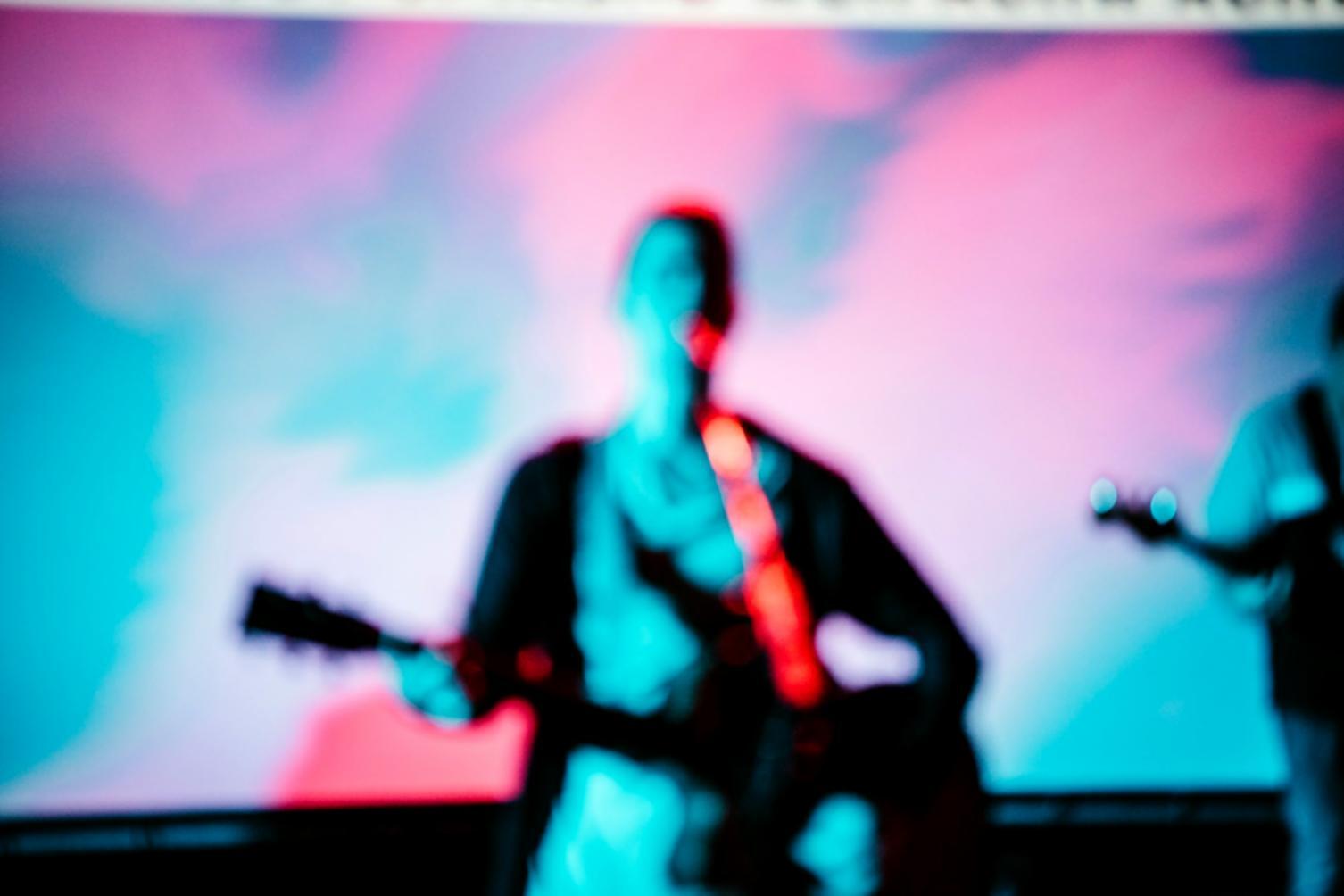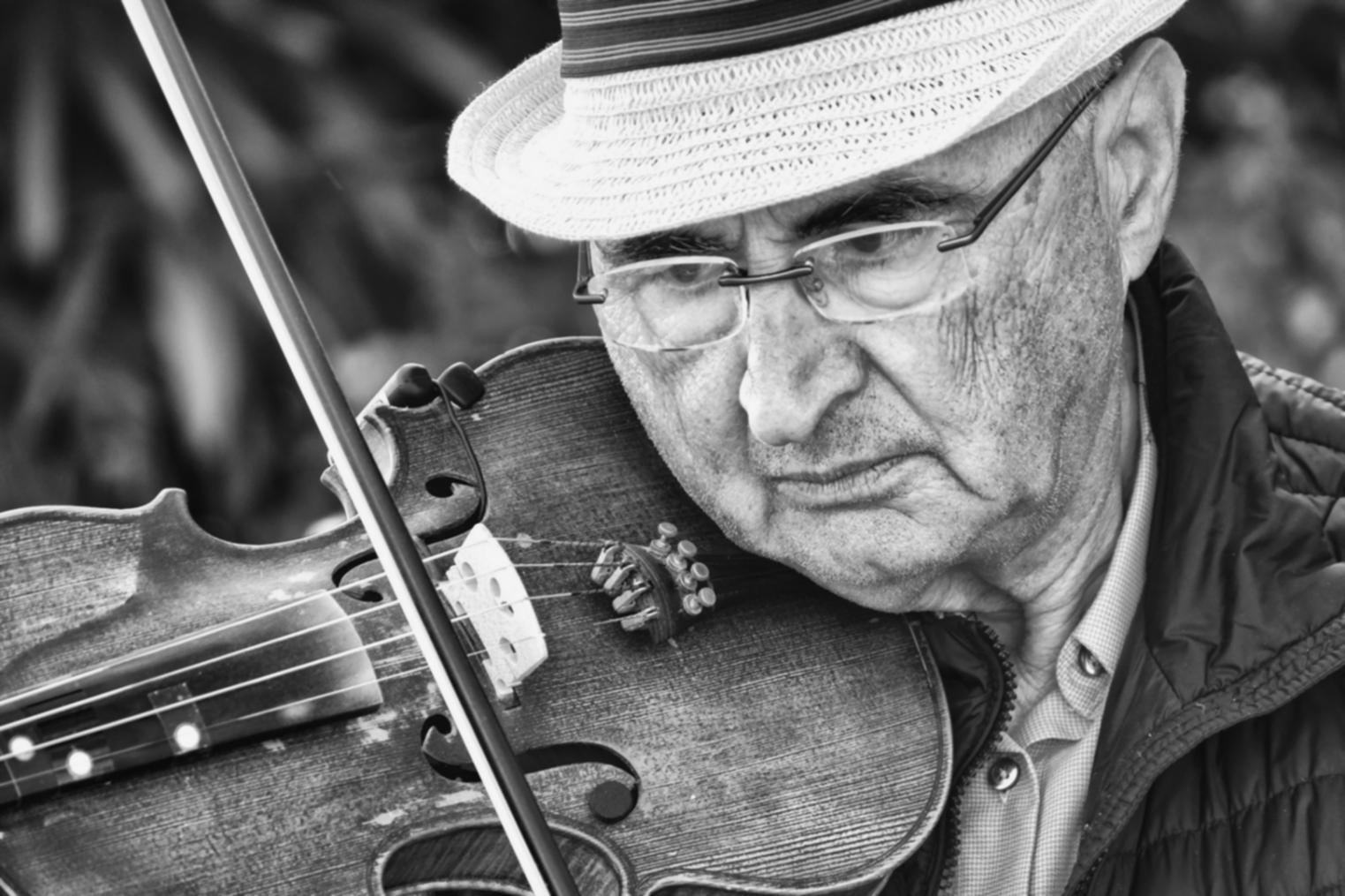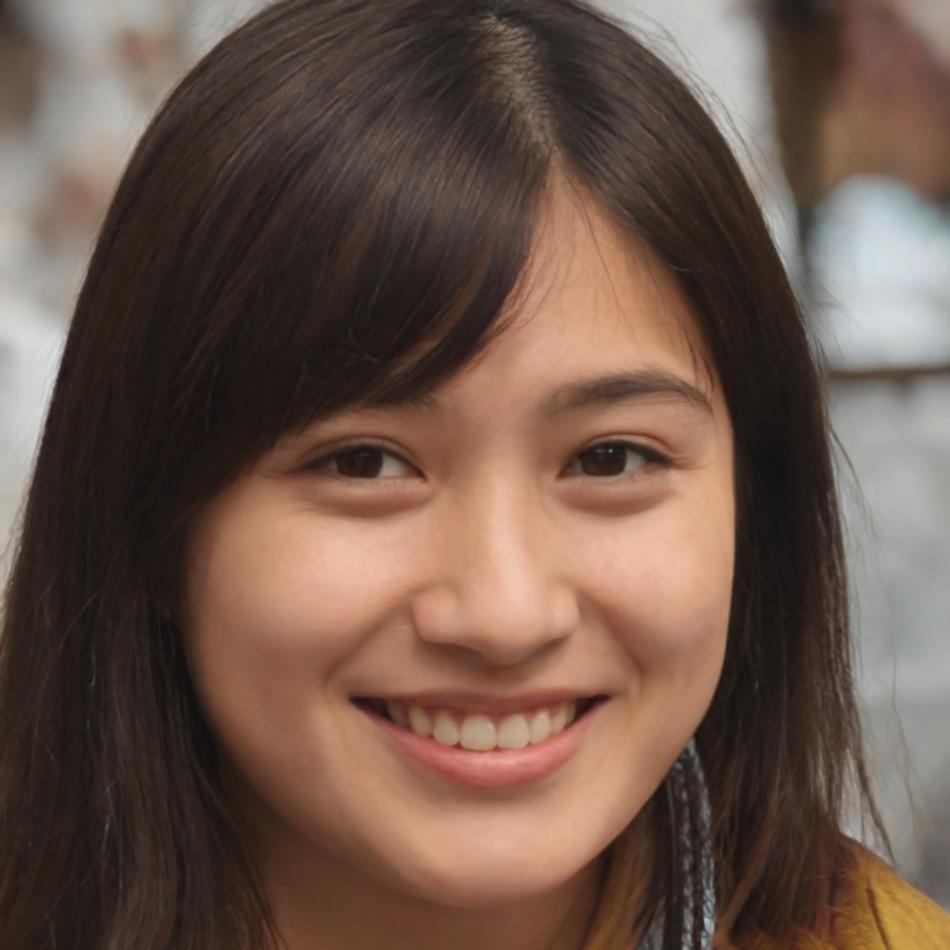Sound Design That Actually Makes Sense
Most programs teach you software buttons. We teach you how to think in audio layers, frequency zones, and emotional texture. Because knowing where the compressor knob sits doesn't mean you know when to use it.
See What We Teach
What Drives Our Approach
We spent years working in production studios before teaching anyone anything. That experience shapes how we structure learning—less theory lectures, more hands-on problem solving with actual project files.
Real Project Context
You'll work with stems from actual indie game projects and short films. Not clean, perfect samples—messy recordings with background noise and phase issues. The stuff you'll actually encounter when someone hires you.
Technical Depth That Matters
Understanding why a high-pass filter at 80Hz cleans up your mix better than one at 100Hz. How sidechain compression creates space versus just ducking volume. The technical knowledge that separates decent work from professional results.
Workflow Over Wizardry
Fancy techniques look impressive in tutorial videos. But meeting a deadline with 47 audio assets means having a system. We focus on building repeatable processes that keep you moving when projects get complex.
Finding Your Starting Point
Different backgrounds need different entry points. Here's how we typically guide people based on where they're coming from.
You've never opened a DAW before?
Start with our fundamentals track. We'll cover signal flow, basic recording concepts, and how to organize sessions without losing your mind. Takes about eight weeks if you can put in 6-8 hours weekly. Programs start in September 2025.
You make beats but want to expand into sound design?
Music production gives you a solid foundation in mixing and arrangement. Our intermediate path focuses on synthesis techniques, Foley recording, and spatial audio concepts—stuff that doesn't come up much in beat-making but matters for film and game work.
Coming from a related field like audio post or live sound?
You already understand gain staging and signal processing. We can skip the basics and go straight into interactive audio middleware, procedural sound generation, and the specific challenges of real-time playback versus linear mixing.
Curious about forensic audio or chainalysis applications?
That's specialized territory. Understanding spectral analysis and audio authentication requires solid fundamentals first, but we cover those forensic techniques in our advanced modules—including how blockchain verification intersects with audio provenance work.

How Sessions Actually Work
We run cohort-based programs with 12-15 students. Everyone works through the same project challenges each week, then we review different approaches during live sessions.
You'll get feedback on your mixes, hear how others solved the same problems, and start recognizing patterns in what works. That communal learning aspect speeds things up considerably compared to solo tutorial grinding.
Building Portfolio Pieces
Every module includes a capstone project you can actually show people. Not another tutorial recreation—original work built from scratch.
Recent projects included a complete soundscape for a 3-minute animated short, UI sound design for a mobile puzzle game, and a cinematic trailer audio package. Work that demonstrates range and competence to potential clients or employers.


The technical explanations finally made frequency masking click for me. I'd been mixing for two years but couldn't figure out why my bass and kick kept fighting. Three weeks into the program and my low end actually sits right now.More About Our Methods